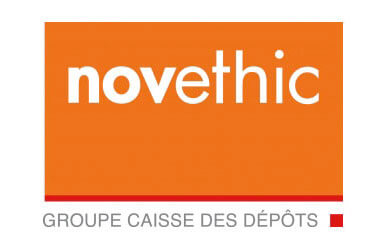Fogel manufactures commercial refrigerators for exhibition, storage and selling of cold products throughout the American Continent. They utilize cutting-edge technology as well as world-class materials and train their employees to act ethically.
On September 21, 2007, approximately 200 countries agreed to accelerate the elimination of HFCs (hydrochlorofluorocarbons- a gas refrigerant with a high global warming potential) entirely by 2020 in a United Nations-sponsored Montreal summit. Developing nations were given until 2030. Many nations, such as the United States and China, who had previously resisted such efforts, agreed with the accelerated phase out schedule. In most Latin American countries where Fogel operates, there is little knowledge regarding the environmental impact of the refrigerant and there are no governmental regulations to contain the direct emissions of the HFC's. For this reason, the company has decided to offer more environmentally friendly coolers and make a Campaign for the responsible management of the HFC refrigerant, not only within its company but also with the refrigeration mechanics employed by its customers.



















